
"Fixing our foster care crisis” was made possible through major funding from the Community Foundation for Southern Arizona and additional support from the University of Southern California Annenberg Center's Fund for Journalism on Child Well-being.

"Fixing our foster care crisis” was made possible through major funding from the Community Foundation for Southern Arizona and additional support from the University of Southern California Annenberg Center's Fund for Journalism on Child Well-being.

2017 National Fellow Tracie Potts gives a behind-the-scenes look at the ever-changing nature of her Fellowship project chronicling health reform across the country.

In California, Alameda County’s success in saving lives has not been replicated statewide — and an already appalling gap between white and black infant death has grown since then.
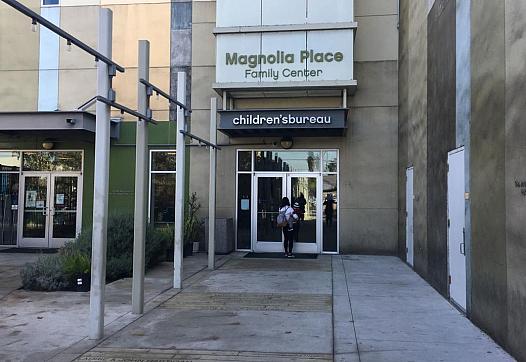
Perla Trevizo is a recipient of the University of Southern California Annenberg Center's Fund for Journalism on Child Well-being.
Other stories in this series can be found here.
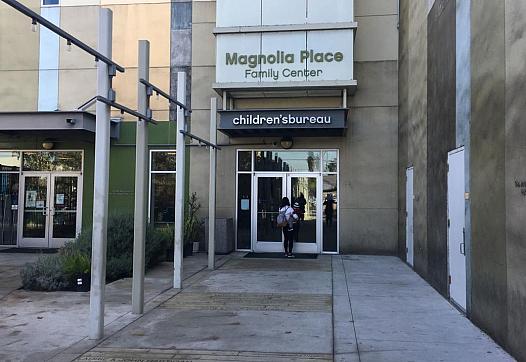
Perla Trevizo is a recipient of the University of Southern California Annenberg Center's Fund for Journalism on Child Well-being.
Other stories in this series can be found here.
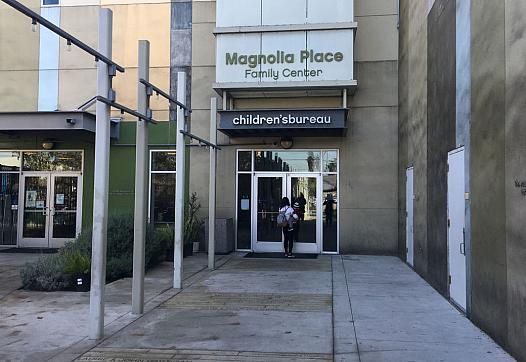
More collaboration could help Arizona families avoid crises and keep children out of foster care, local service providers say.
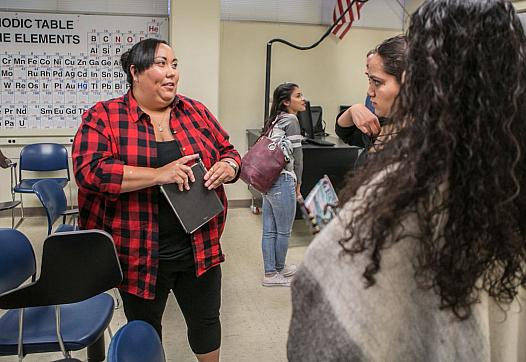
Arizona has the some of the strictest guidelines in the nation for welfare benefits. Tucson mother Jessala Grijalva can usually get what she needs for herself and her three children, but she’s found some surprising exceptions.
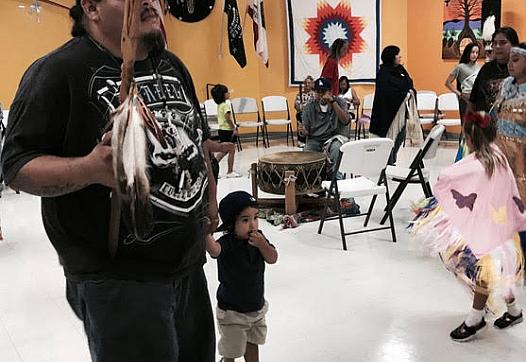
Two reporters share their tips and insights from reporting on health issues in Indian Country.

This series was produced with the support of the University of Southern California Annenberg Center for Health Journalism and its Dennis A. Hunt Fund for Health Journalism.
Other stories in the series include:
Reading, Writing, Evicted: Portland's housing crisis is an education story

A collaborative effort between Phoenix-area nonprofit social service agencies is trying out new ways of supporting the estimated 90,000 Native Americans and Alaska Natives who live in the Phoenix metro area.